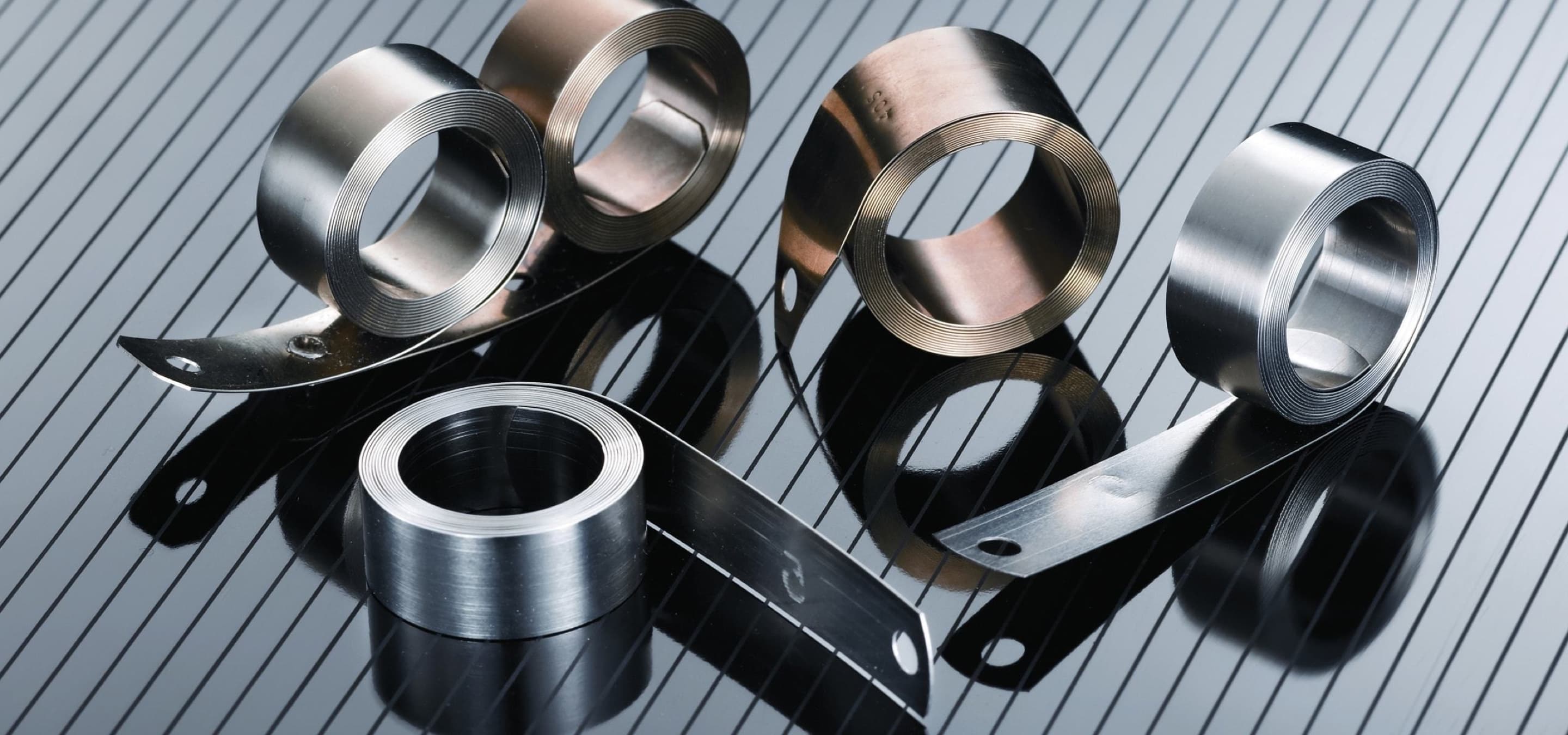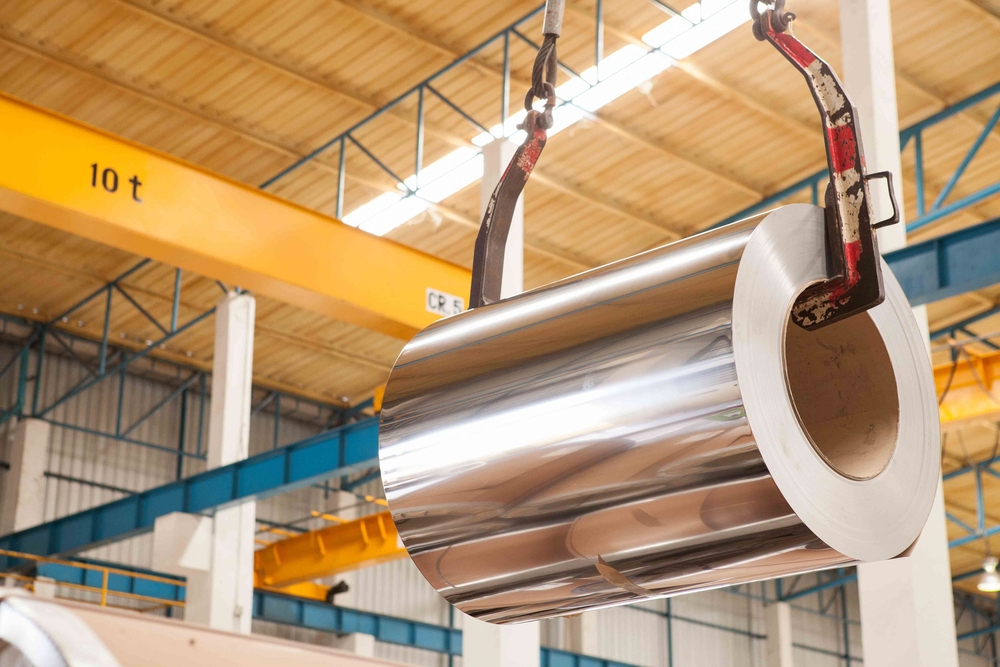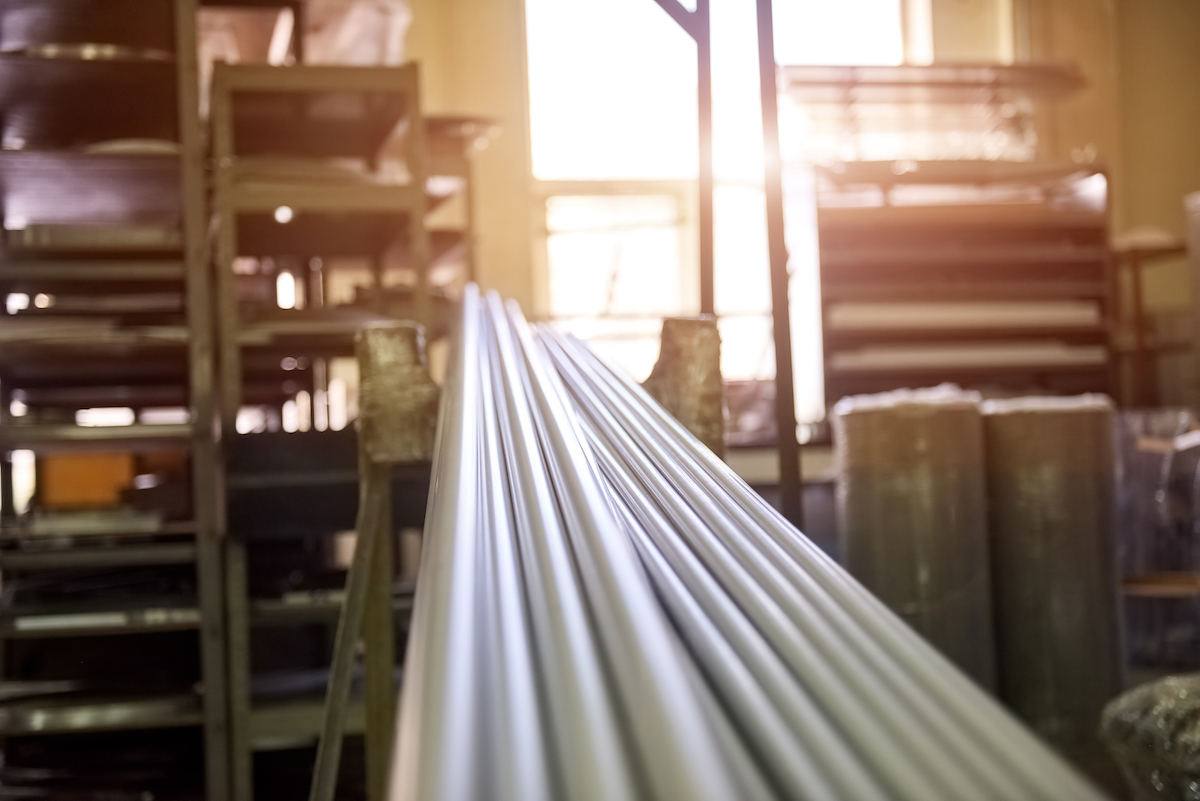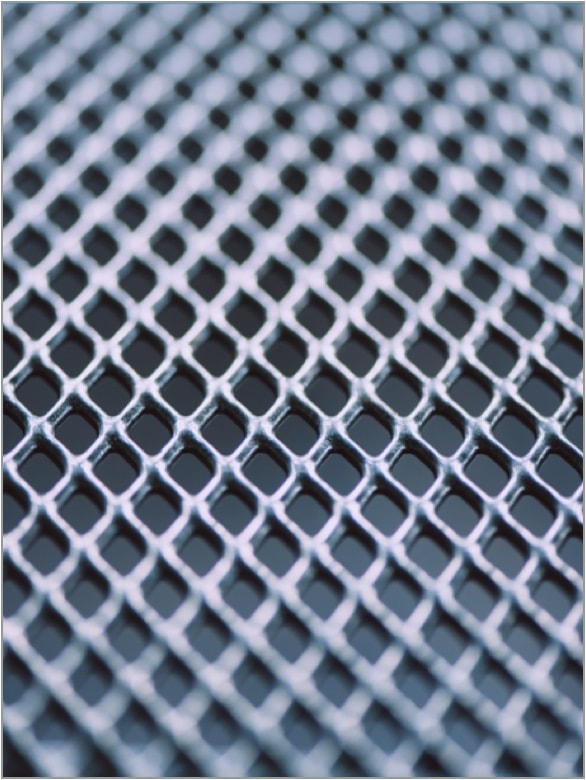Choosing stainless steel seems like a simple task... until the die-cutting line stops, the batch comes out with burrs or the supplier cannot meet the necessary tolerance. In cutting, deep drawing, welding or high precision bending processes, every detail counts. These are the most common mistakes we have seen in the industry, and how to avoid them:
1. Choosing the wrong type of temper
Each application demands a different temper. For example, a 301 QH steel may work for deep drawing, but will be inadequate for springs. Conversely, an FH may offer more stiffness, but hinder punching. Working without specifying the right temper can lead to problems in machining or premature fatigue in the final product.
Solution: Make sure to specify the exact grade and temper, and ask for technical support if you have doubts.
2. Using material with burrs or poorly treated edges
In laser cutting lines or automatic feeding systems, a burr can stop production or cause a machine failure. Even in welding, an edge with a burr can prevent a clean and reliable joint.
Solution: Look for suppliers that offer rounded, rolled or burr-free edges, according to the process needs.
3. Tolerances out of range
A thickness with minimal variations may seem acceptable, but in precision processes it can cause calibration problems, poor fitting or failures in die-cutting. This is especially common in low-quality imported materials.
Solution: Demand clear tolerance specifications and that they are met in each roll or sheet. Narrow tolerances are an investment in efficiency.
4. Not considering the surface finish
The finish is not just aesthetic. For example, a BA or P3 may be necessary to facilitate cleaning, prevent contamination or allow good performance in applications with food contact, chemicals or corrosive environments.
Solution: Define the appropriate finish from the start, and make sure your supplier has the capacity to continuously supply it.
5. Buying without technical support or backup
In the event of a problem in the plant, the speed at which your supplier can respond, analyze the material, or make a specification adjustment, makes a difference. Many "cheap" suppliers do not have laboratories or qualified technical personnel.
Solution: Work with suppliers that have metallurgical engineers, analysis capacity and support from the product development.
Conclusion:
Precision stainless steel is not a commodity. Each purchasing decision should consider not only the price, but the reliability, compatibility with your processes, and the level of service you receive. Choosing correctly from the start can save you thousands of pesos... and a lot of operational stress.
If any of these points sound familiar or you are looking to reduce errors in your cutting, deep drawing or transformation processes, we can help you choose the right material from the start. Contact us!













